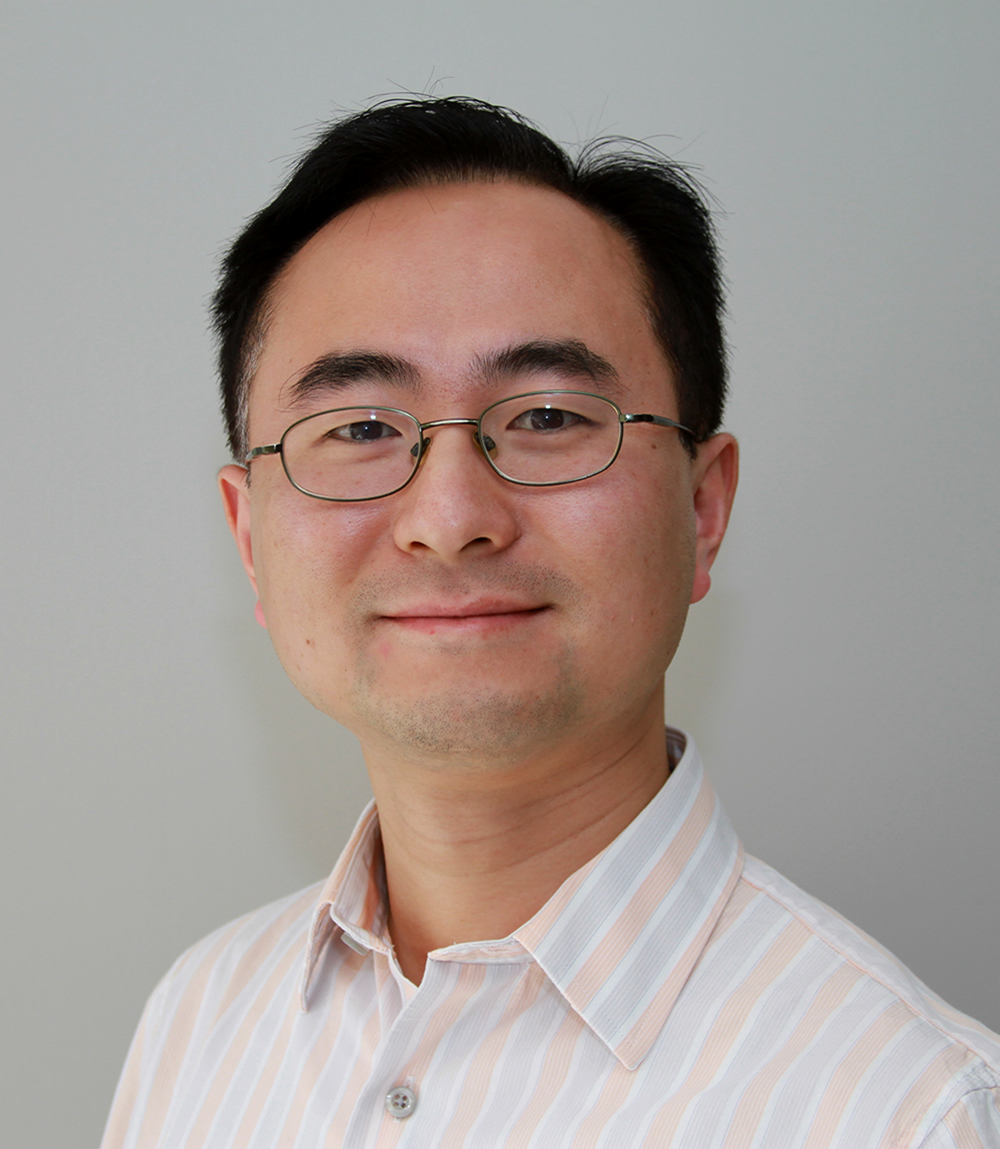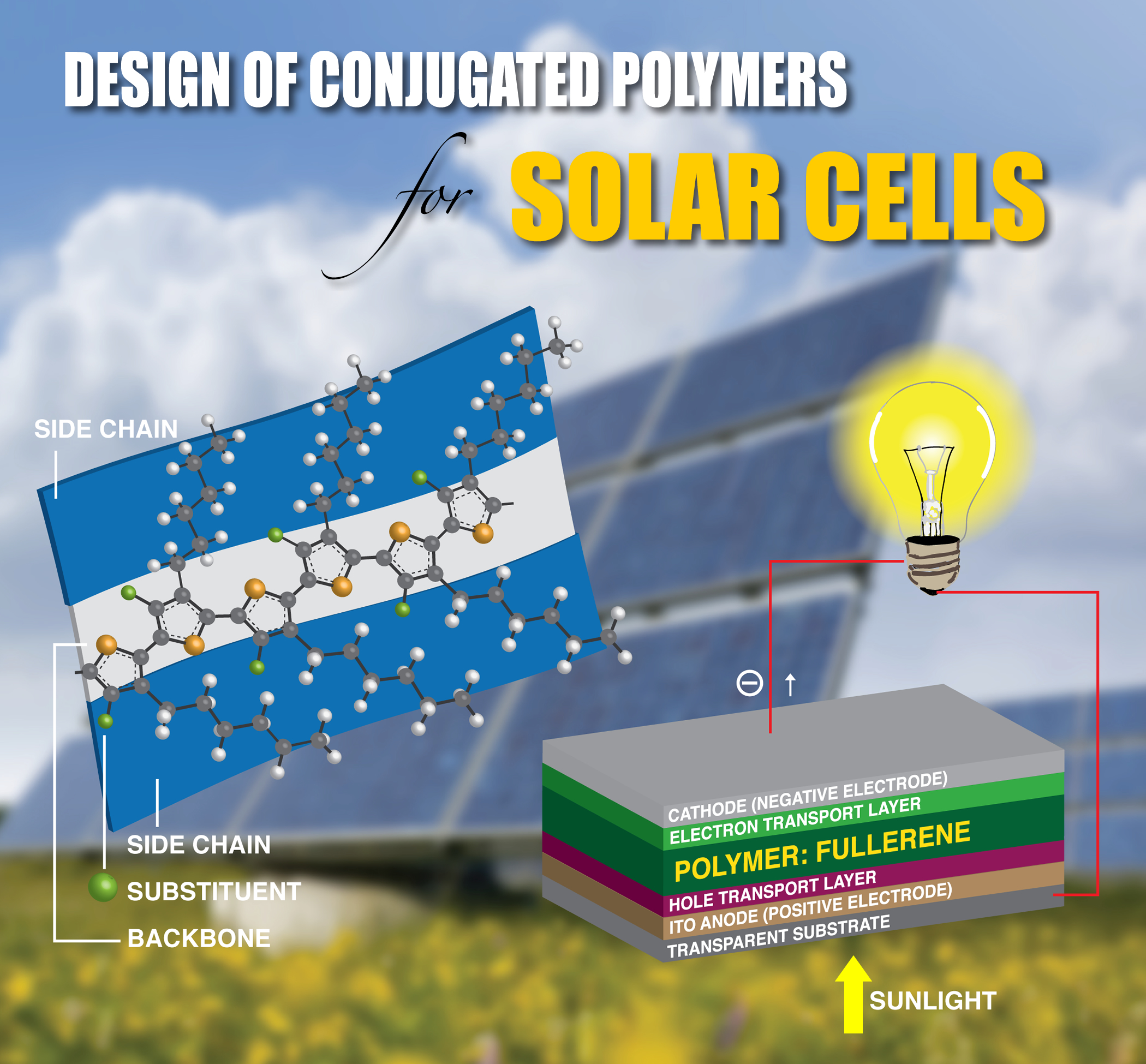Welcome to College of Chemistry, Chemical Engineering and Materials Science of Soochow
University
报告题目:Molecular Engineering of Conjugated Polymers for Solar Cells: An Updated Report
报告人:Dr. Wei You,Department of Chemistry, University of North Carolina at Chapel Hill
报告时间:2017年7月17日(周一)上午9:30-11:30
报告地点:独墅湖校区907号楼1549报告室

欢迎广大师生踊跃参加。
报告摘要:
It is not exaggerating to state that tremendous progress has been achieved for conjugated polymers based solar cells in the past five years, since we published our last comprehensive review in 2012 (Macromolecules2012, 45, 607−632). The device efficiency (η) – the percentage conversion of solar light input into the usable electricity output – has reached ~ 13% in the academic labs, posing polymer solar cells as a serious contender to the much more established polycrystalline silicon solar cells (13 ~ 16% at module level). This triumph is a result of synergistic efforts among chemists, physicists, and engineers, a true testimony to the significance of interdisciplinary research.
A polymer solar cell, typically consisting of polymer:fullerene in a bulk heterojunction (BHJ) configuration to convert light into electricity, is a complex system. Though the materials properties of the active layer (i.e., optoelectronic properties of polymers and fullerenes) set up the upper limit on the output of the photovoltaic device (i.e., the efficiency), many other factors would need to be optimized and function synergistically to maximize the device characteristics (i.e., short circuit current, Jsc; open circuit voltage, Voc; and the fill factor, FF) within the upper limit. This intrinsic complexity of BHJ solar cells thus calls for a variety of expertise in synthesis, morphology, and device physics (including physical chemistry), in order to achieve a comprehensive understanding of the relationship between the structures (of materials) and properties (of devices). (Adv. Mater.2017, 1601391)

In this talk, I will summarize our understanding on the molecular engineering of conjugated polymers to achieve highly efficient BHJ solar cells. A few specific examples will be discussed to highlight the comprehensive approaches (synthesis, morphology and device physics) we have employed to elucidate the fundamental underlying principles that govern the device output.
报告人简介:
Dr. Wei You obtained his BS from University of Science and Technology of China in 1999. He graduated with his PhD from the University of Chicago in 2004 with Professor Luping Yu, and finished his postdoctoral training at Stanford University in 2006 with Professor Zhenan Bao. In July 2006, Dr. You joined the University of North Carolina at Chapel Hill as an Assistant Professor in Chemistry. He was promoted to the rank of Associate Professor in 2012 and then Full Professor in 2017. He has published over 70 papers in premier journals such as Nature Photonics, JACS, Angew. Chem., Int. Ed., Macromolecules, Advanced Materials, among others, and has been an Associate Editor for Polymer Chemistry (RSC) since July 2013. He has received DuPont Young Professor Award (2008), NSF CAREER Award (2010), Camille Dreyfus Teacher-Scholar Award (2011), Tanner Award for Excellence in Undergraduate Teaching (2011), CAPA Distinguished Junior Faculty Award (2012), and Ruth and Phillip Hettleman Prize for Artistic and Scholarly Achievement (2013). His group is currently investigating organic solar cells, molecular spintronics/electronics and devices, bio-inspired materials for biomedical applications, and new polymerization methodologies.